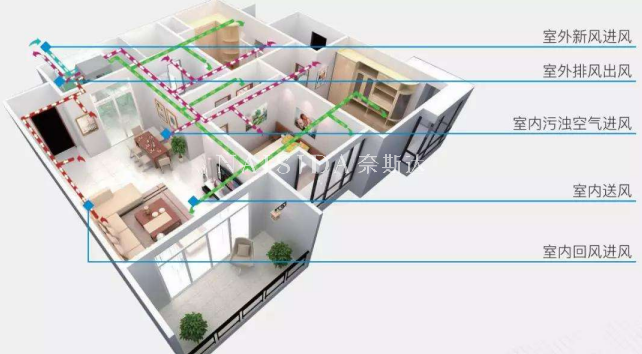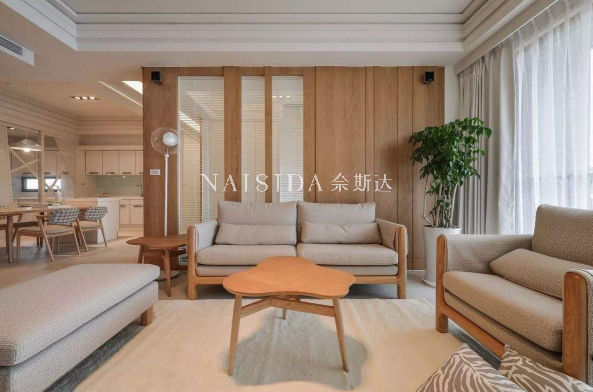
1. Look at the area used
First, estimate the corresponding dehumidification capacity according to the area of the main room where the dehumidifier needs to be used. Under normal circumstances, we can roughly calculate the selection according to the environmental volume, such as the formula: 1.2 (air density) * 300 (volume) * 0.005 (water content before and after dehumidification) Difference) *1.2 (safety factor). Moreover, the detailed parameters of the dehumidifier also have a reference for the use area. Of course, it must be based on the actual situation of the specific space used, such as the layout of the space, the degree of openness, the intensity of solar radiation, ventilation, and the number of people. If the use space is connected with other places, or the space with strong sun exposure, a dehumidifier with a larger cooling capacity should be purchased appropriately. Of course, the general household dehumidifier can dehumidify each room in turn, so you can buy it according to the largest space you need, such as the living room or bedroom.

To put it simply, the amount of dehumidification is how many liters of water the machine can pump out per day. The dehumidification capacity indicated by the dehumidifier is, for example, 18L/D, which means that if the machine runs 24 hours a day, it can pump 18L of water. Of course, the premise is in a standard environment, that is, when the ambient temperature is 30°C and the humidity is 80%. The following is a summary of the dehumidification capacity and power of the dehumidifier corresponding to the room area.
2. Look at the place of use
Different use sites determine the size of the water tank. The space used by household dehumidifiers is generally the bedroom, living room, kitchen and bathroom. The toilet is very convenient for drainage, and now all dehumidifiers are given a hose. In the kitchen, the dehumidifier can be placed on the countertop to drain water, which is not a big problem. However, there is no water in the bedroom and living room. If this is the main use space, you must choose a large-capacity water tank to avoid pouring water when the water is full in the middle of the night, and the dehumidifier can continue to work.

3. Look at the price budget
The different compressors and humidity sensor modules of the dehumidifiers cause price differences. The best compressors are Daikin, Mitsubishi, and Panasonic. The better humidity sensor modules are Japan's Shinei and Hokuriku. If the budget is sufficient, it is best to choose a good compressor and humidity sensor module, which not only has a long service life but also has a more accurate humidity control.
4. Look at other functions
In addition to the main functions, some dehumidifiers will also have some additional functions, such as negative ions, ozone, dust removal, etc. We purchase them on demand. The functions do not need to be comprehensive, but should be specialized. For those who are more sensitive to noise, if you want to use a dehumidifier in the bedroom for 24 hours, it is best to choose an ultra-quiet machine; for those who are sensitive to air, you can choose a dehumidifier with negative ion function or dust removal function.
The above is the general method for selecting dehumidifiers introduced by Nesta. For more information about environmental temperature and humidity control, please feel free to contact us.




